The dicot stem and monocot stem are distinctive in their anatomy. Both have an epidermis, ground tissue, and vascular bundles. Although they have similar anatomical structures, the arrangement and details help them differentiate from one another.
Let’s discuss the difference between dicot and monocot stem anatomy.
Structure of Dicot Stem
1. Epidermis
- The dicot stem has an outer single layer of rectangular-shaped epidermal cells.
- Epidermal cells have no intercellular spaces.
- They contain a large vacuole, peripheral cytoplasm, minute leucoplasts, and no chloroplasts, except in aquatic plants.
- The epidermis has an outer cuticular layer.
- Stomata are seen in the young stem.
- Multicellular epidermal hairs are also seen on the epidermis.
- Epidermal hairs can be small or massive structures, depending on the plant.
2. Cortex
- The few layers of parenchymatous cells form the cortex right below the epidermis.
- Cells of the cortex have intercellular spaces and chloroplasts for photosynthesis.
- There also are a few layers of collenchyma cells, usually the first few layers of the cortex.
- The layer of collenchyma forms the hypodermis lying just below the epidermal layer.
- It helps with the mechanical support of the stem.
- Some plants have sclerenchyma cells in their cortex for added support.
- The parenchymatous layer comes under the collenchyma and sclerenchyma cell layers.
- The parenchymatous cells are isodiametric and may contain resin ducts, oil glands, starch storages, aerenchyma, etc, depending on the plants.
- The cortex is protective in function and safeguards the internal parts of the stem.
- Moreover, the cork cambium in the secondary thickening originates from the parenchymatous cells.
3. Endodermis
- Endodemris is the single layer of compactly arranged cells that limits the cortex.
- The cells of the endomermis have thickening on their radial walls.
- The thickening may be due to suberin, lignosuberin, or lignin.
- This thickening is called Casparian strips as appeared in the cross-section.
- It is also called a starch sheath as they store starch in them.
- Endodermis is absent in woody plants but present in herbaceous plants.
4. Stele
The endodermis is followed by the inner portion of the stem called the stele. The stele can be differentiated into different parts such as a pericycle layer, vascular bundles, medullary rays, and pith.
a. Pericycle
The outermost layer of the stele is called the pericycle. This can be 3-5 layers thick and may contain sclerenchyma cells in them.
b. Vascular Bundles
- The xylem and phloem form the vascular bundle.
- Dicot stem contains multiple vascular bundles arranged in a broken ring fashion.
- The number of vascular bundles may vary from 6 – 20 or even more.
- Each vascular bundle has three regions called xylem, phloem, and cambium.
- The xylem is located towards the inner region of the vascular bundle while the phlegm is towards the periphery.
- Some plants have phloem located on the internal and peripheral region of the xylem.
- Cambium is located between the xylem and phloem.
- Cambium is the thin strip of meristematic cells
c. Medullary Rays
- The radial rows of parenchymatous cells, originating from the pericycle towards the core of the stem are called medullary rays.
- They are living cells with thin walls.
- They conduct food and water.
- Cells of medullary rays store food too.
d. Pith
- The central portion of the stele is called the pith.
- This is the core of the stem, made of large, isodiametric parenchymatous cells.
- They have larger intercellular spaces and store starch in them.
- In weak-stemmed plants, the pith become turgid as they store more water which will mechanically support the stem.
- Some plants have their parenchyma cells in their pith broken to form a hollow pith.
- During secondary thickening, the pith is disorganized.
Structure of Monocot Stem
The monocot stem consists of an epidermis, undifferentiated ground tissue, and vascular bundles. It does not have differentiated parts as seen in dicot stems.
1. Epidermis
- The epidermis of the monocot stem is single-layered and made of barrel-shaped or rectangular cells.
- The epidermis has a cuticular outer covering for protection.
- The cuticular layer may be thick or thin, depending on the plant.
- Some monocots have stomata on their epidermis.
2. Ground Tissue
- The tissues below the epidermis are collectively called ground tissue.
- They are not differentiated into a cortex, hypodermis, endodermis, pericycle, etc.
- The ground tissue is made of parenchymatous cells and vascular bundles are embedded in this tissue.
- The first few layers of the ground tissue are made of sclerenchymatous cells for mechanical support.
- This scelrenchymatous layer forms the hypodermis.
- Some monocots have parenchymatous cells as hypodermis which also have chloroplasts for photosynthesis.
- This parenchymatous ground tissue has intercellular spaces.
- Some cells are storage in function.
3. Vascular Bundle of Monocot Stem
- Monocot stem has numerous vascular bundles that are irregularly arranged.
- They have no cambium between the xylem and phloem and are considered closed bundles.
- They are usually oval-shaped.
- The outer phloem and inner xylem lay on the same radium so these bundles are collateral.
- The phloem is comprised of sieve tubes and companion cells.
- There is no phloem parenchyma.
- The xylem is formed by xylem parenchyma, vessels, and xylem fibers.
- The vessels are Y-shaped or V-shaped. In a Y-shaped arrangement, the two larger metaxylem vessels are located at the free arms of Y while the protoxylem forms the tail.
- The protoxylem vessels disintegrate to form a protoxylem lacuna or cavity.
- The vascular bundles are covered by sclerenchymatous cells that form the bundle sheath.
Difference Between Dicot and Monocot Stem
| DICOT STEM | MONOCOT STEM |
| 1. The epidermis usually has multicellular epidermal hairs and sometimes glandular hairs. | 1. Epidermal hairs are absent. |
| 2. A thin cuticle is present. | 2. The cuticle is thicker. |
| 3. Collenchyma cells are present just below the epidermis. | 3. Sclerenchyma cells are seen below the epidermis. |
| 4. Has a well-developed cortex. | 4. Cortex is usually absent but has sclerenchymatous hypodermis in grasses. |
| 5. Ground tissue is differentiated. | 5. There is no cell differentiation in the ground tissue but it has a thick hypodermis that differentiates the central tissues. |
| 6. Pith, medullary rays, pericycle, and endodermis are present. | 6. Pith, medullary rays, pericycles, and endodermis are usually absent. |
| 7. Has very few vascular bundles. | 7. Vascular bundles are numerous. |
| 8. Vascular bundles are arranged as a ring. | 8. Vascular bundles are scattered irregularly. |
| 9. Vascular bundles are usually wedge-shaped | 9. Bundles are oval-shaped. |
| 10. Bundles are collateral and endarch. | 10. They are collateral and endarch. |
| 11. Open vascular bundle with cambium in between the xylem and phloem. | 11. Closed vascular bundle without cambium. |
| 12. Has well-developed xylem. | 12. Does not have a well-developed xylem. |
| 13. The xylem includes metaxylem and protoxylem vessels. | 13. The xylem consists of two large metaxylems and some protoxylem vessels. |
| 14. Xylem vessels are arranged in a linear fashion. | 14. Xylem vessels are arranged in Y or X shapes. |
| 15. Protoxylme lacuna is absent. | 15. Protoxylem lacuna is present. |
| 16. Phloem parenchyma is present. | 14. Xylem vessels are arranged linearly. |
References
- Sukumaran O R. Pre-Degree Botany. Murali Publications.
- Abraham P C. Anatomy, Embryology & Microtechnique. 1999. St. Mary’s Books & Publ.
- Monocot vs. Dicot Stem: Structure, 22 Differences, Examples
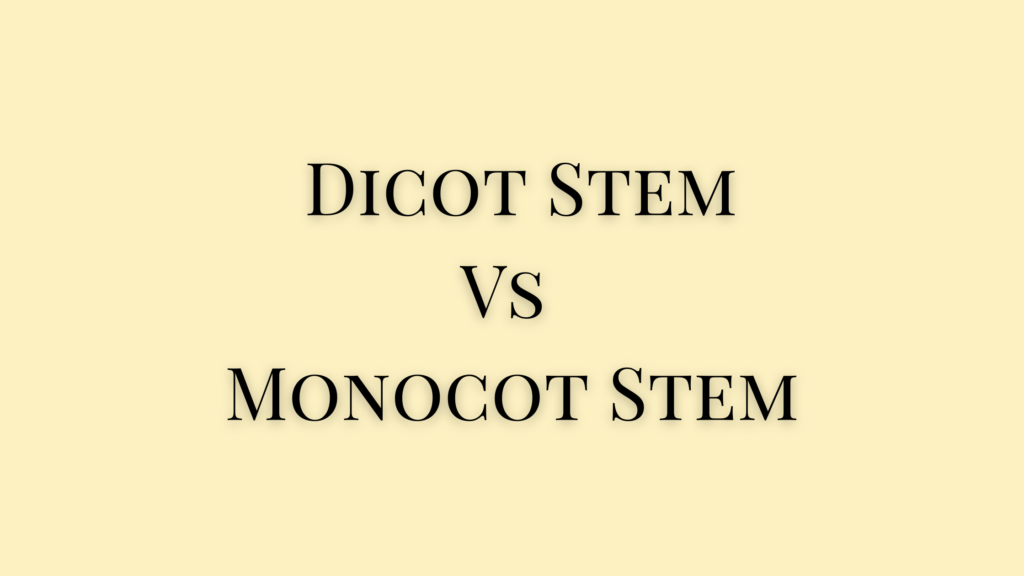
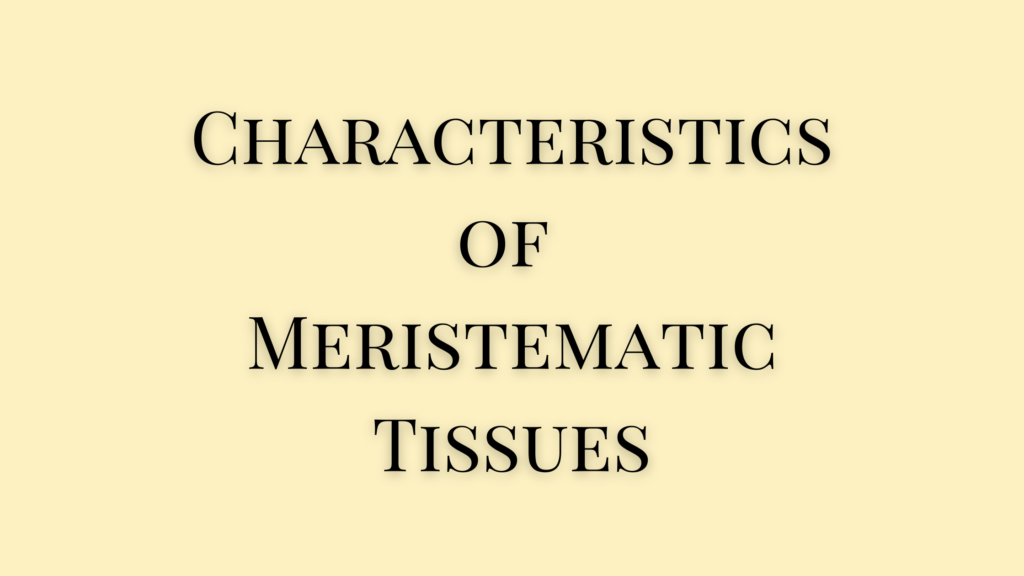
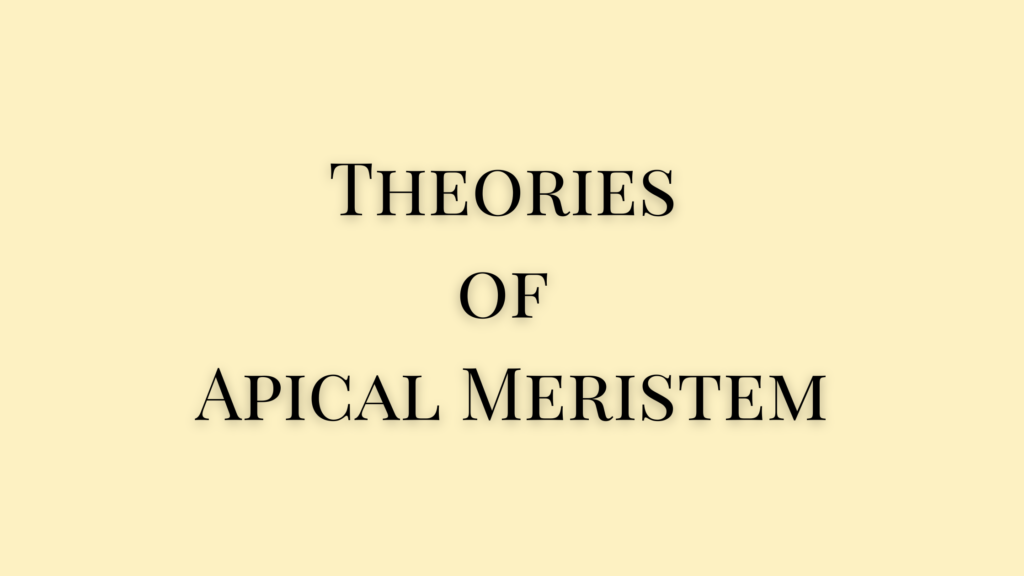
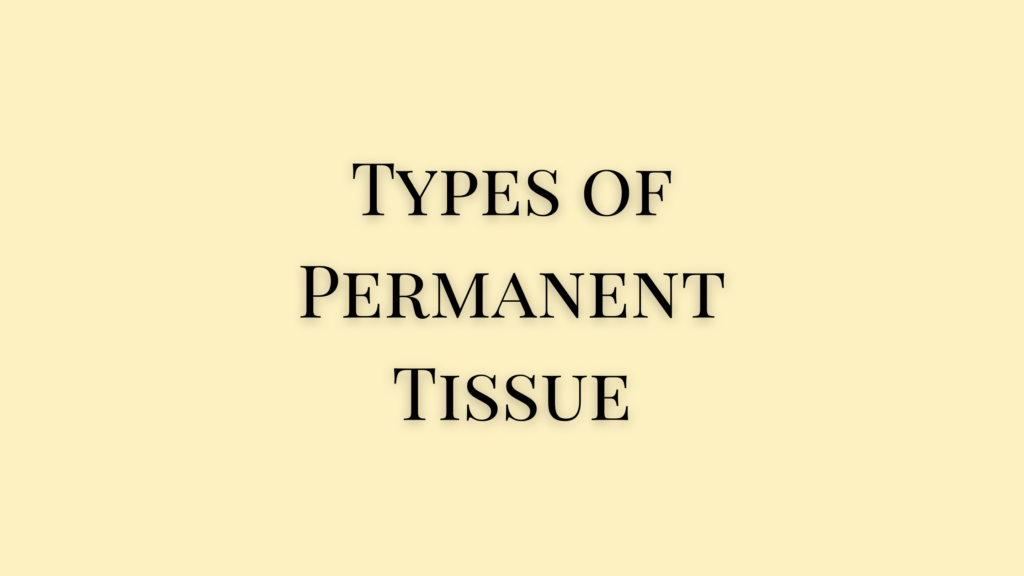
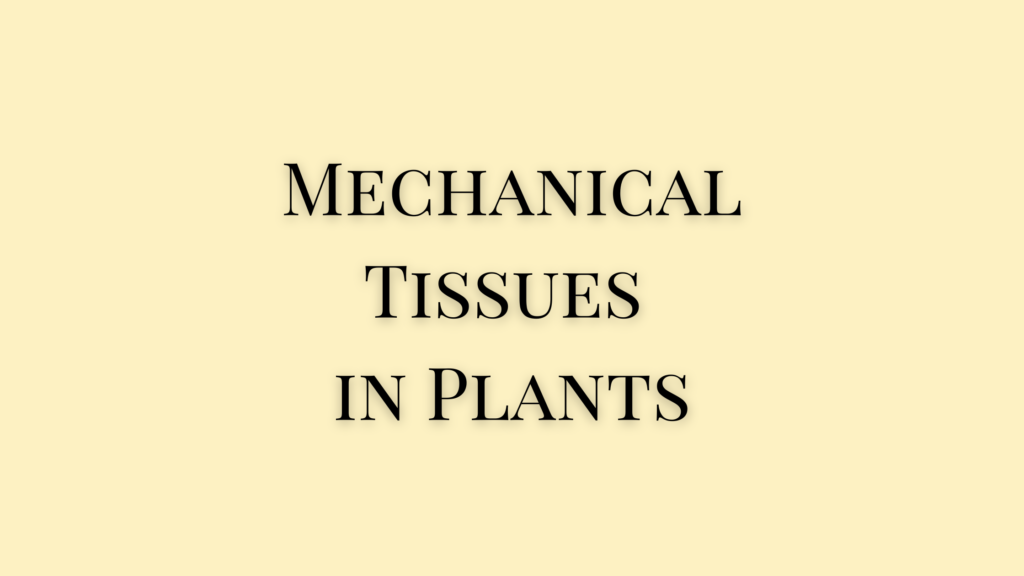
I need to to thank you for this great read!!
I absolutely loved every bit of it. I have you book-marked to look
at new things you post…